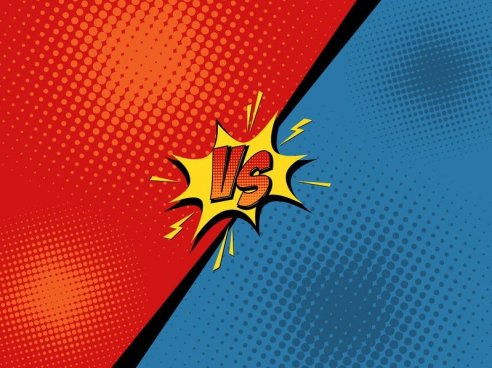IB DP or A-Level?

Both the International Baccalaureate Diploma Programme and the A-Level are secondary education completion qualifications but how do they differ? This article will introduce each of these university entry qualifications from the perspective of curriculum features and future career paths.
IB DP
The IB DP is a two-year programme that requires students to take a total of nine subjects: three core subjects and six elective subjects chosen from six subject groups (Studies in language and literature, Language acquisition, Individuals and societies, Sciences, Mathematics, The arts). Students need to choose one course from each subject group (e.g. Science includes biology, chemistry, physics, etc.)
Students will take 3 to 4 subjects at higher level (HL, 240 hours) and the remaining subjects at standard level (SL, 150 hours). Each university department has different requirements for courses and levels of study, so it is necessary to check the application requirements of the university you wish to attend. Subjects are scored from 1 to 7 and students need 24 to obtain the diploma. Evaluation of coursework throughout the course will also be reflected in the score.
The IB DP has been widely adopted as a university entrance qualification in many countries.
- United States: approximately 1,600 universities
- United Kingdom: All universities
- Japan: All universities
In Japan, a total of 63 universities, including the University of Tokyo and Kyoto University, use IB DP scores to select applicants for admission. The higher the score on the exam, the easier it is to get into a reputed university, and the acceptance rate of IB graduates into the IVY League in the U.S. is 18% higher than the average. The IB DP is popular not only because of its international recognition and the content of its curriculum, which develops thinking skills but also because of its versatility, which can be used as a university entrance qualification in a wide range of countries.
For more information on elective subjects, please visit here.
A-Level
This is a British university entry qualification, a two-year program of study that usually consists of three (or at most four) subjects, with about 50 different A-Level subjects to choose from. There are no compulsory subjects, and students are free to choose the subjects they wish to study. However, as with the IB DP, each university department has different requirements, so students need to check the application requirements of the university they wish to attend. After completing the selected subjects and passing the final exam, the student will be awarded the qualification. There are six grades for each subject: A* (90% or above), A (80%), B (70%), C (60%), (50%), and E (40%). In addition, contrary to the IB DP, assessments of coursework are not reflected in the score, and 100% of the grade is determined by the exam.
A-Level has also been adopted as a university entrance qualification in many countries around the world, particularly in the UK.
- USA: about 800 universities
- UK: all universities
- Japan: all universities (cannot be used for entrance exams)
A-Level students are required to choose fewer subjects to study compared to the IB DP, so they tend to become more specialized and focus on these subjects. The A-Level program is unique in that it allows students to acquire in-depth knowledge at an early stage and further specialize at university.
For more information about the choice of subjects, please visit here.
Conclusion
- Both the IBDP and A-Level are two-year programs that allow students to earn a university entrance qualification by taking courses and passing a final exam. Students need to check the application requirements of the university they wish to attend and select the subjects they wish to study.
- IBDP allows students to study a wide range of subjects, making it highly versatile when entering university.
- A-Level allows students to specialize in a subject of interest and acquire in-depth specialized knowledge.
